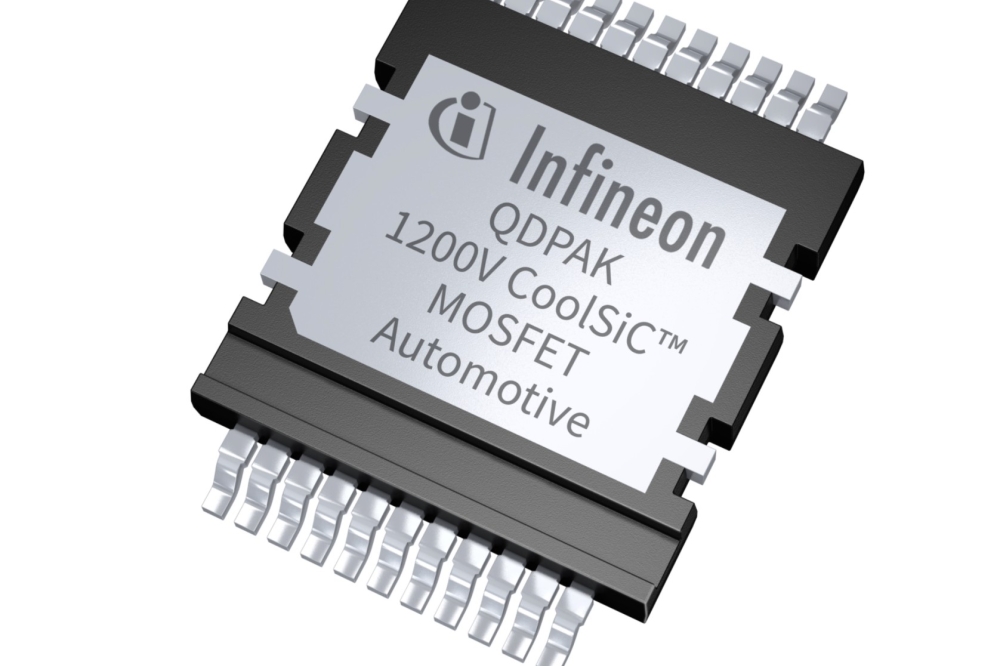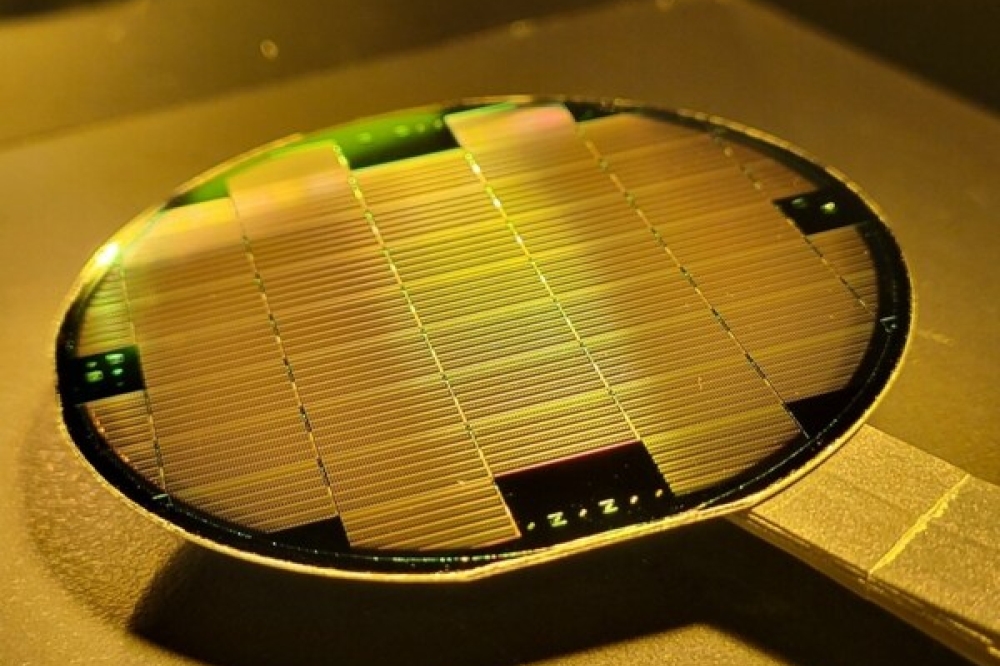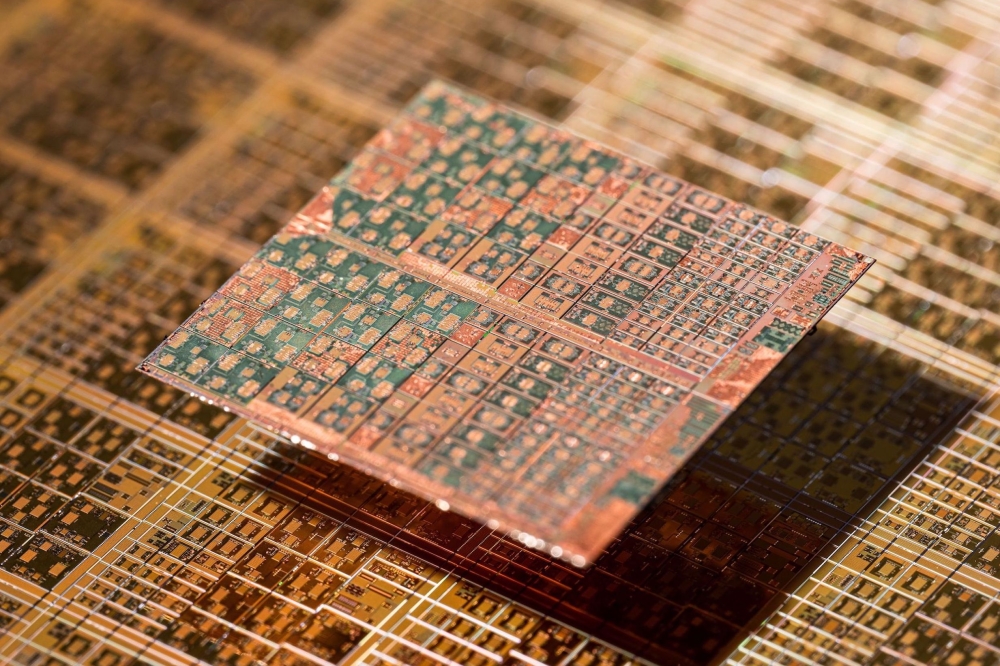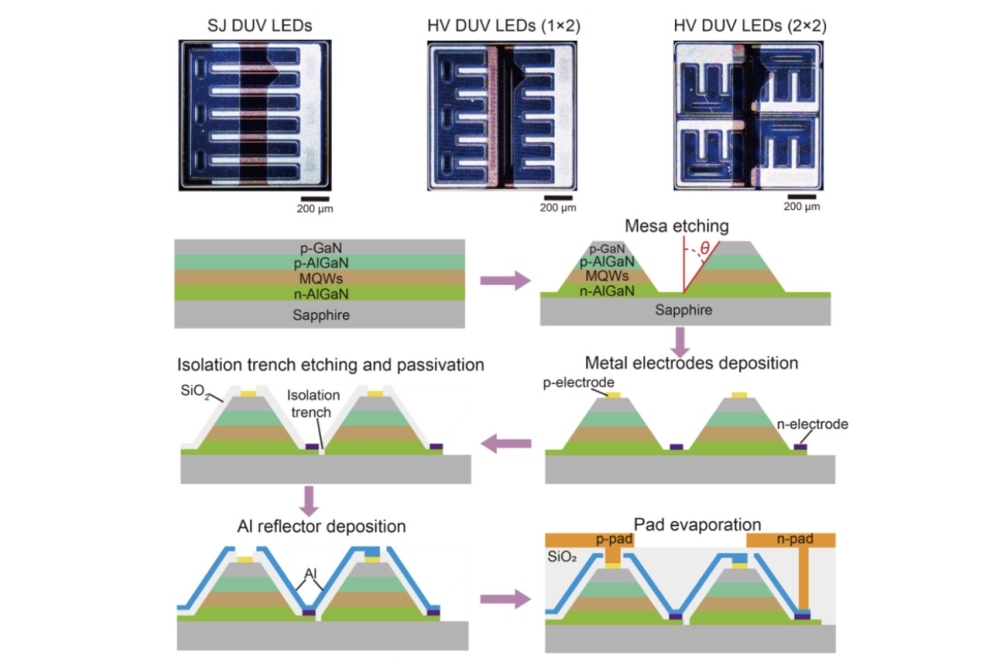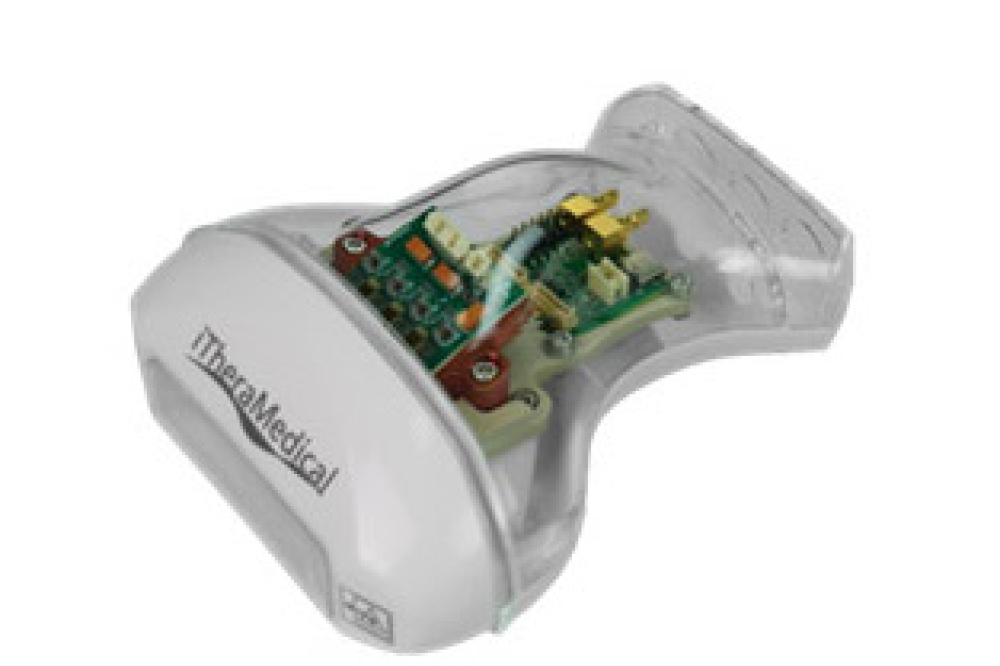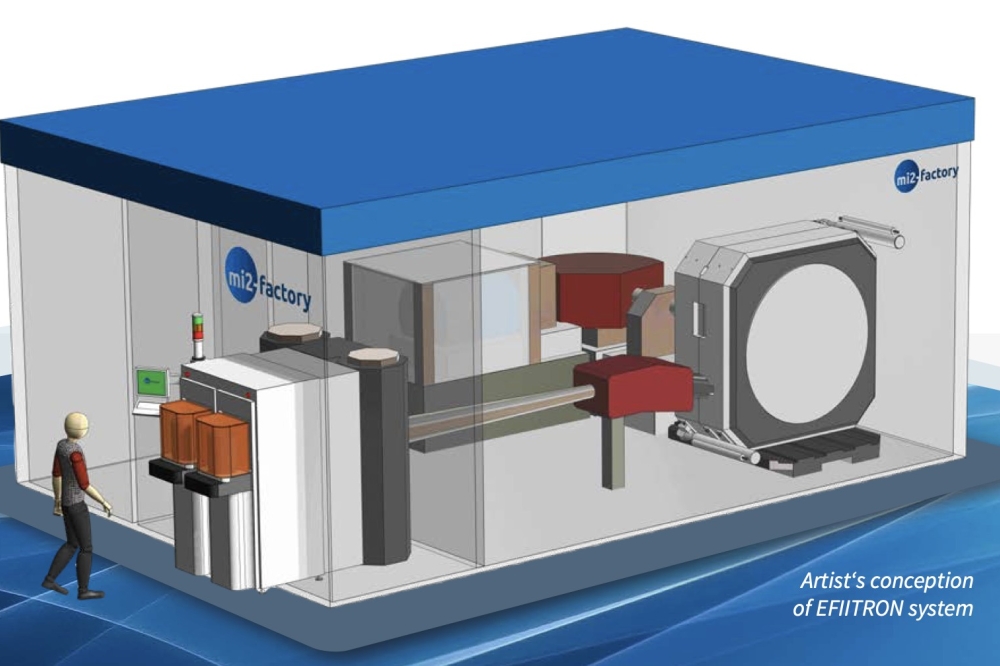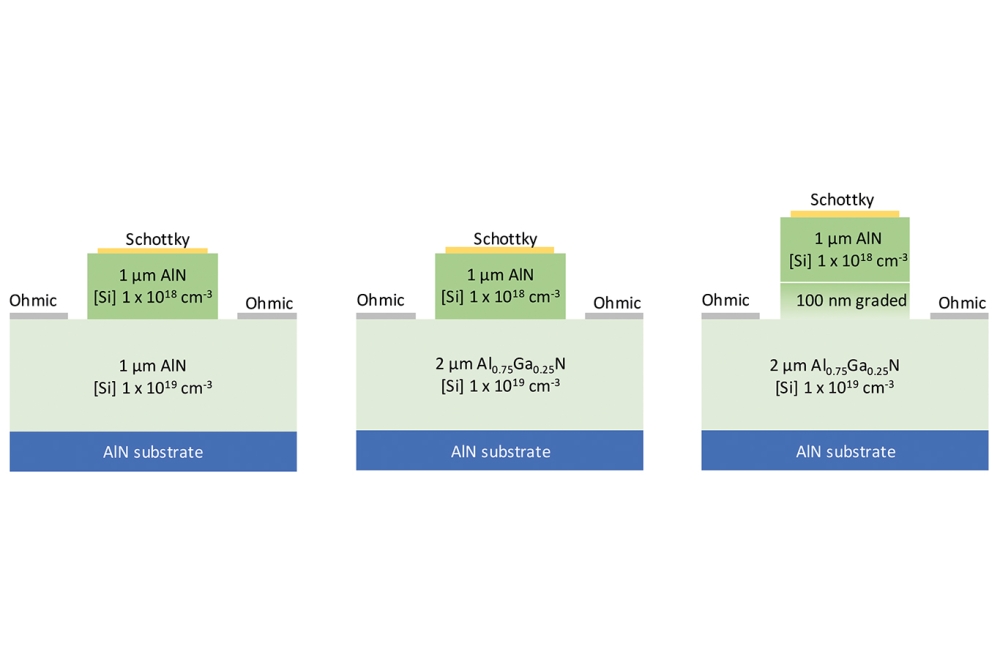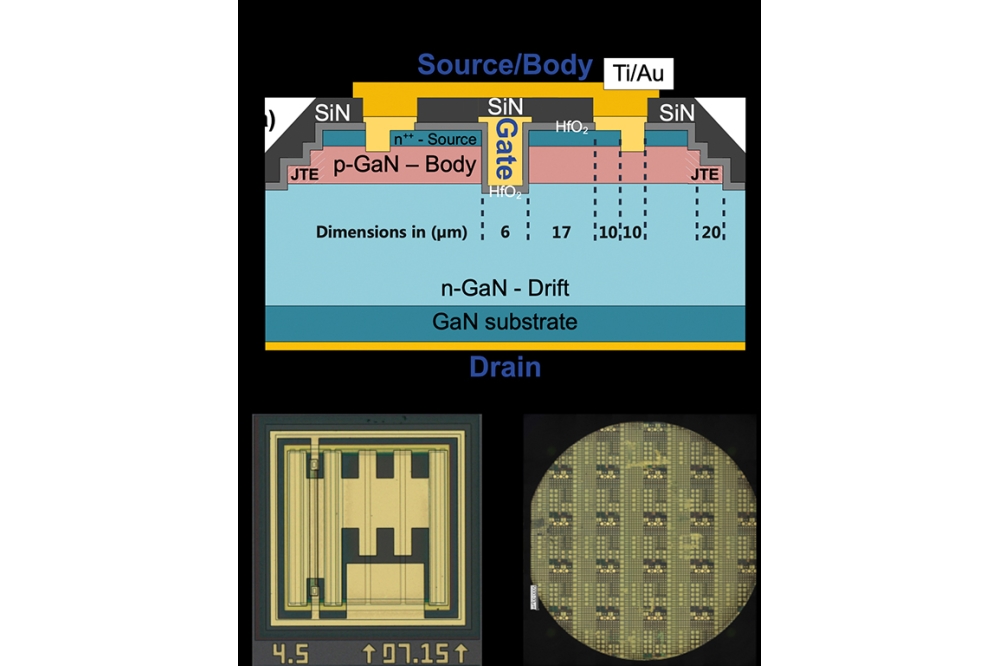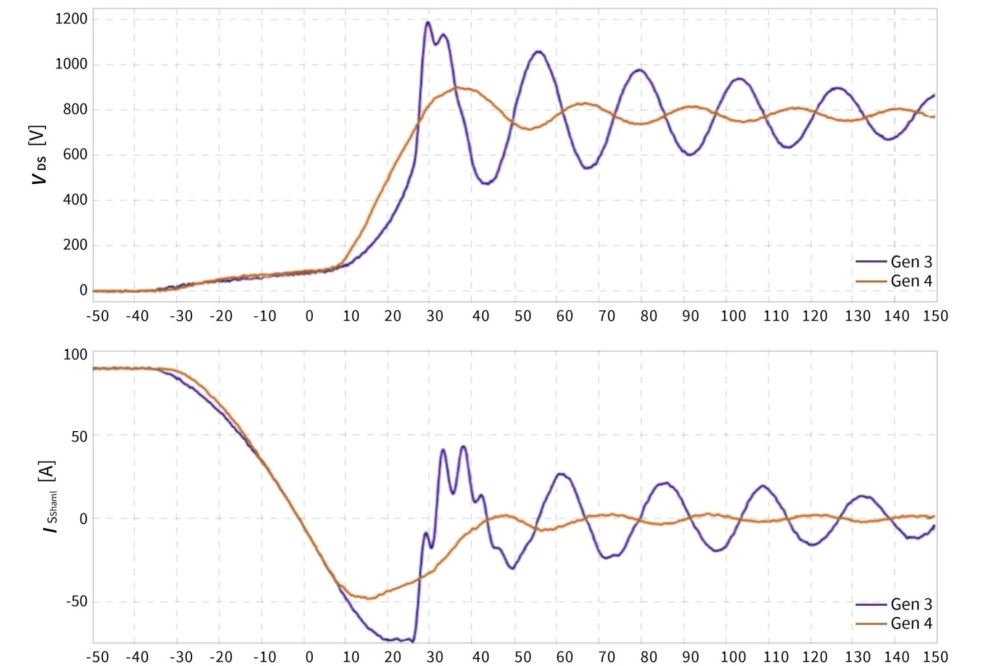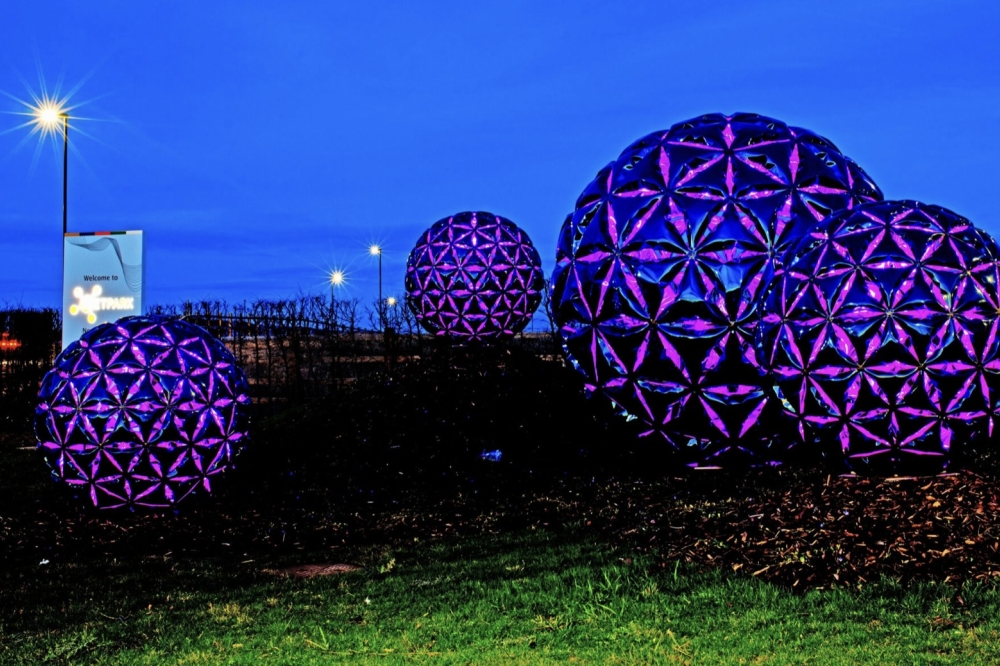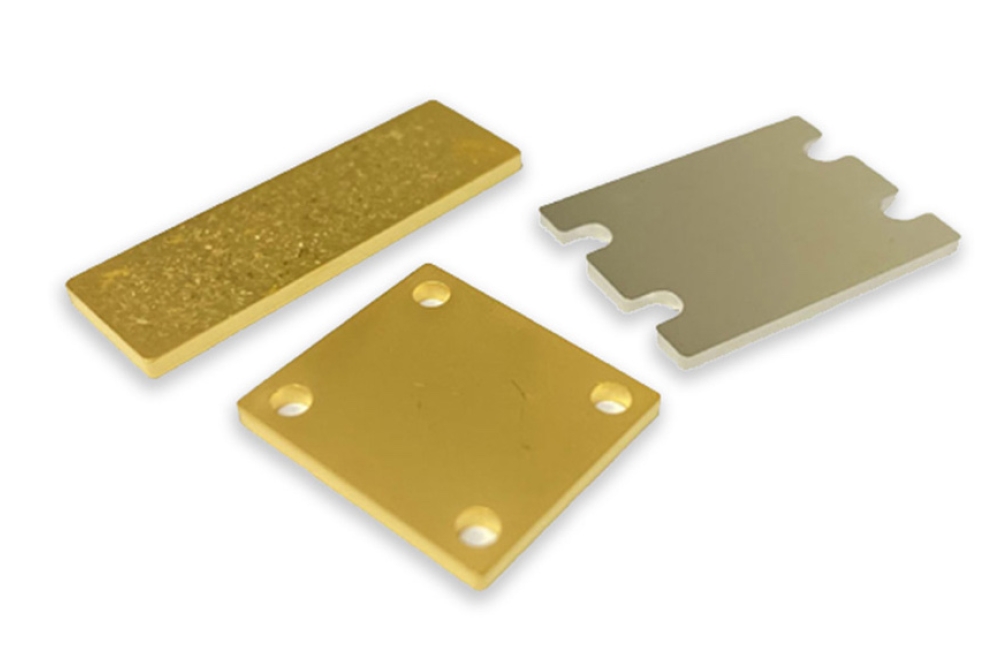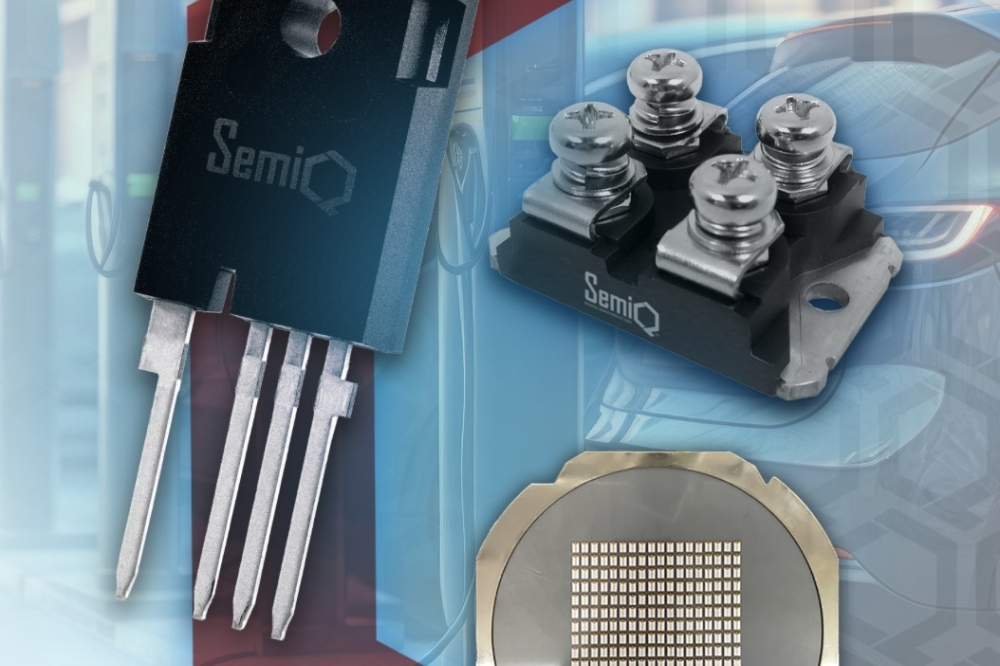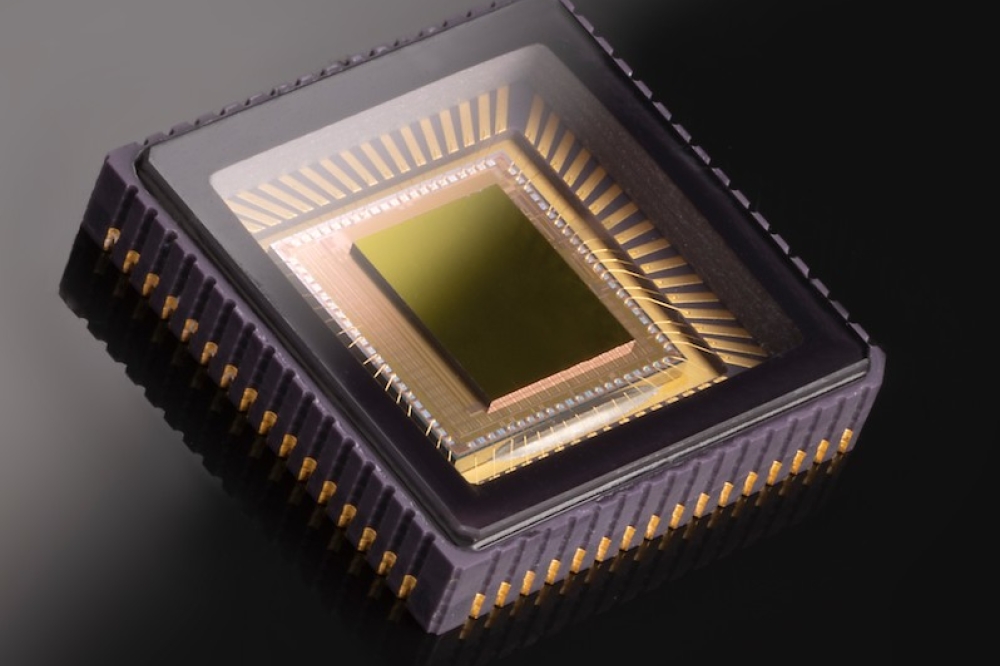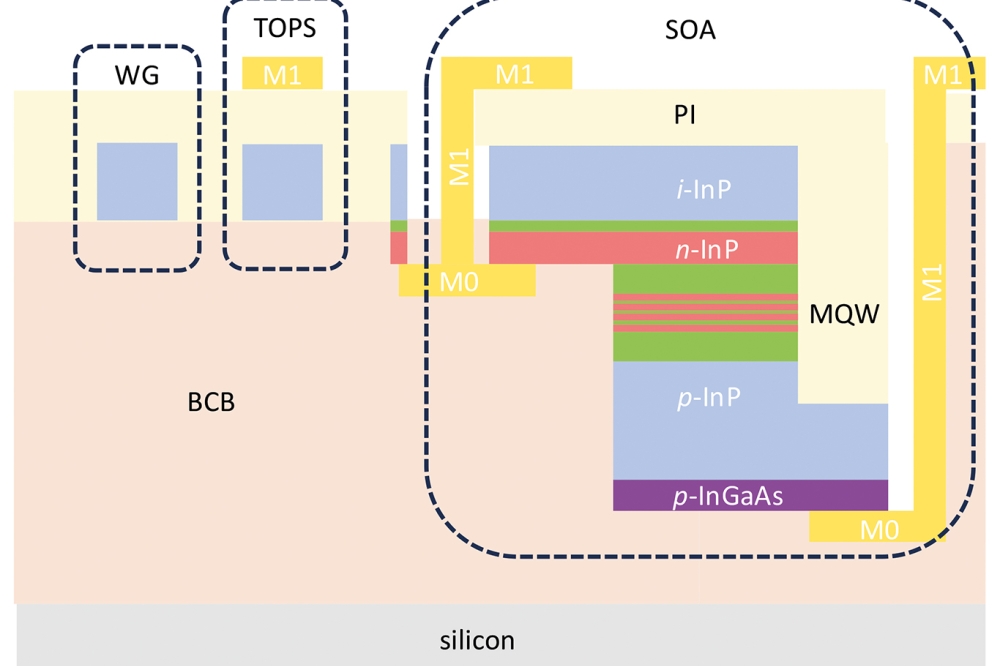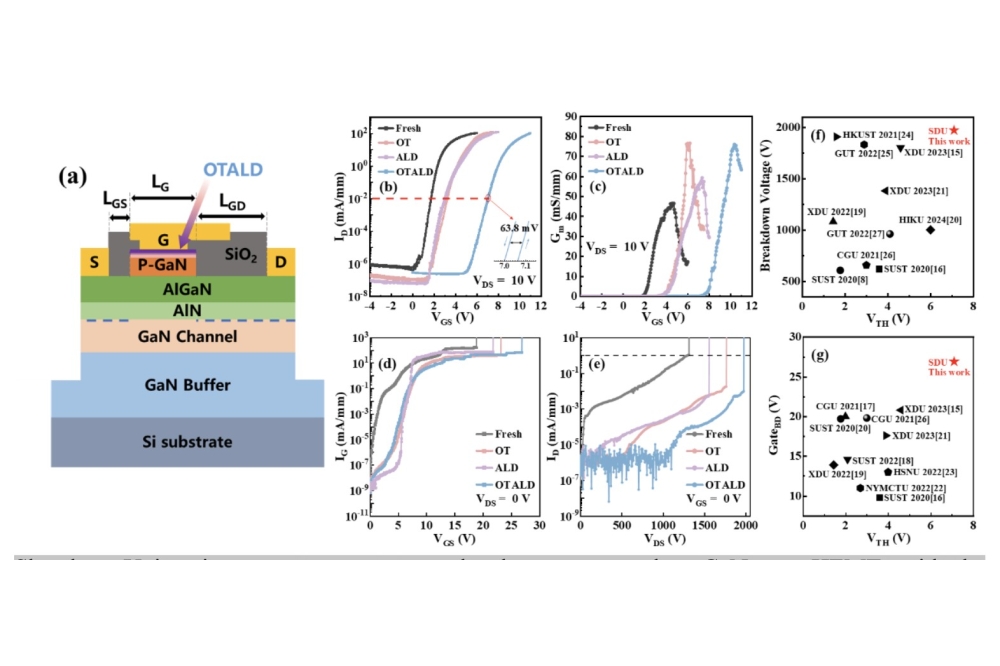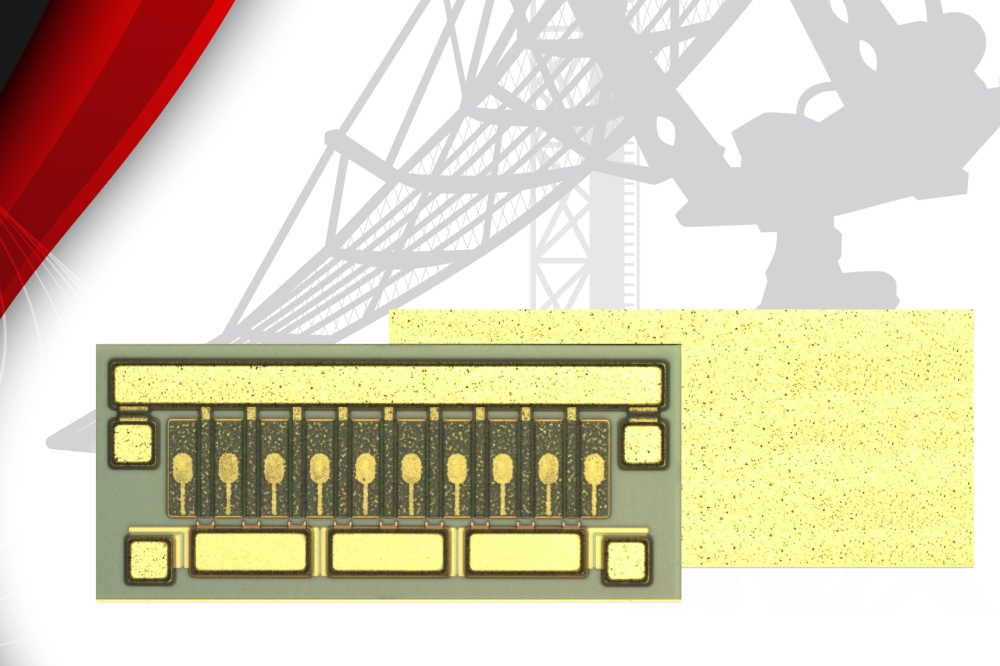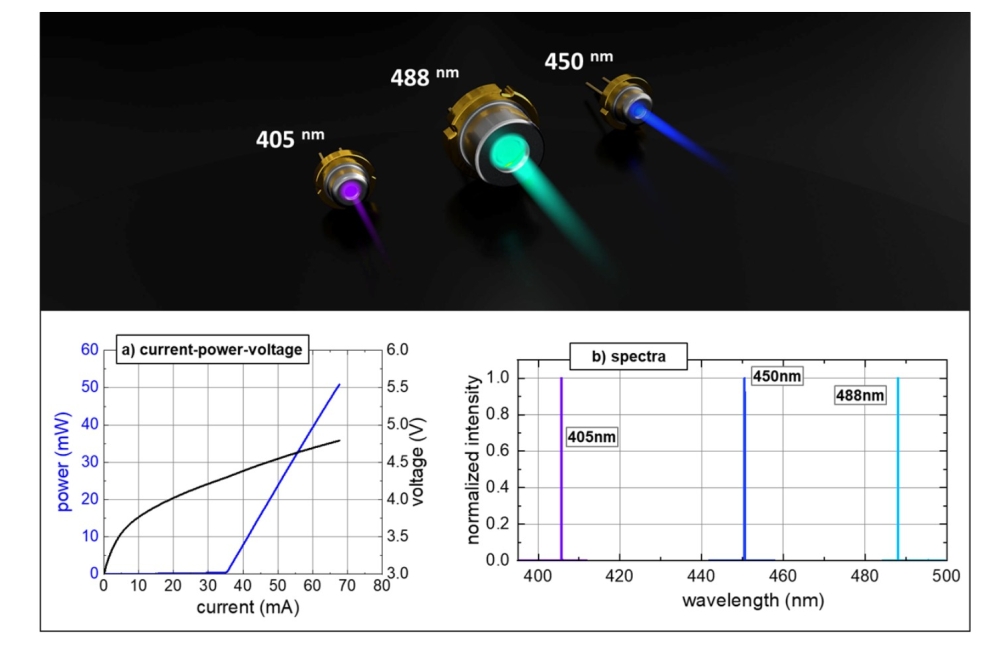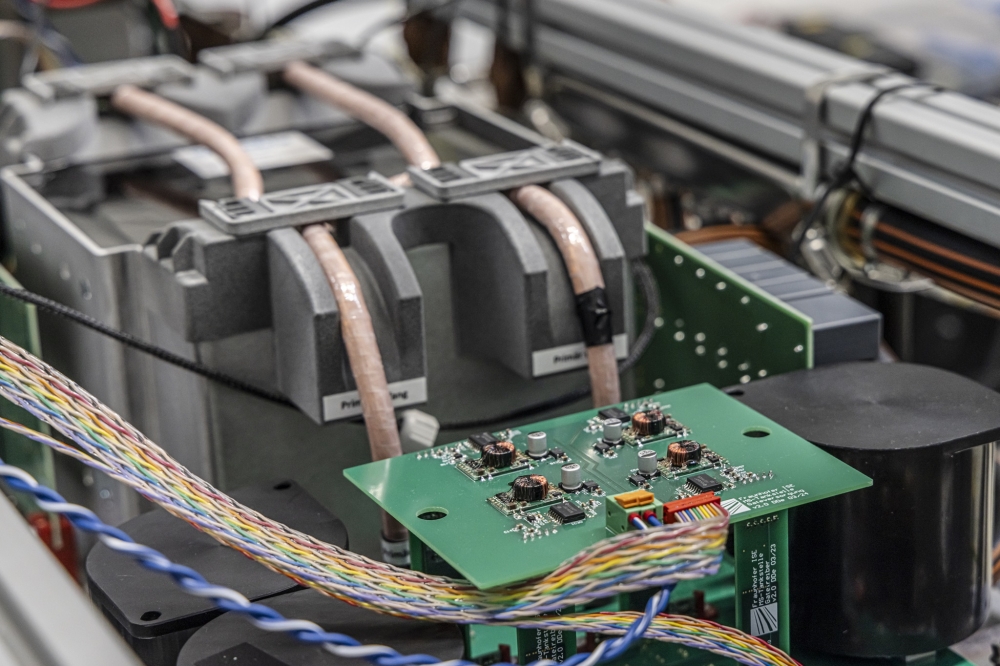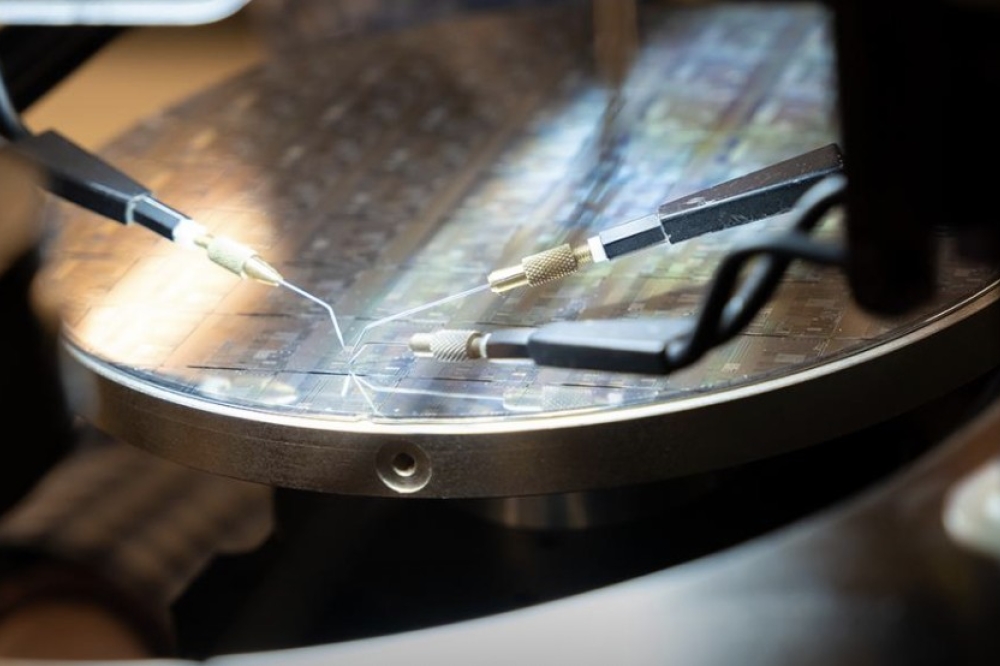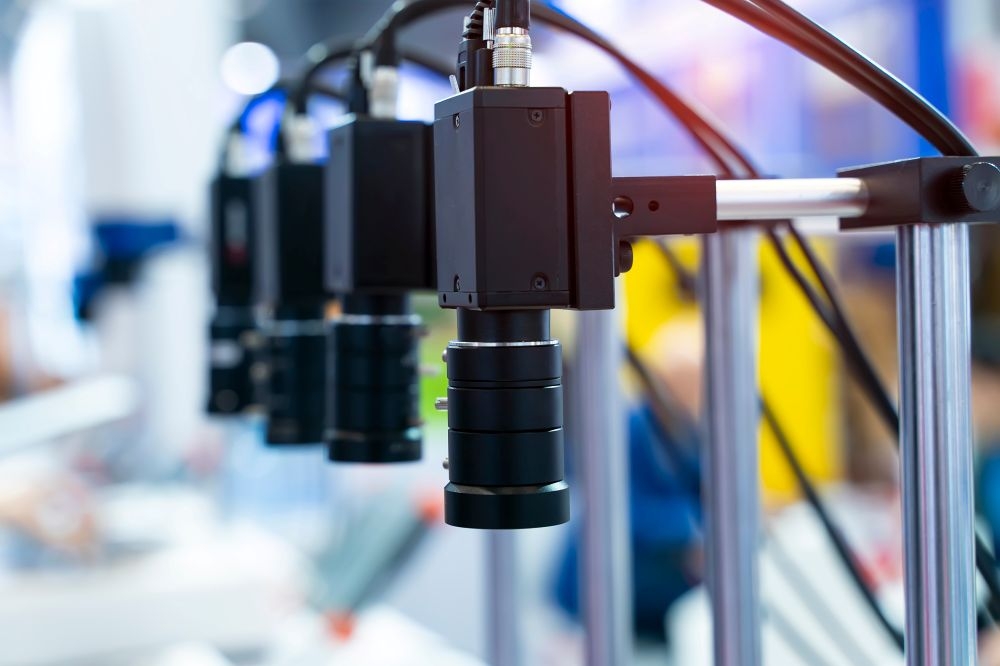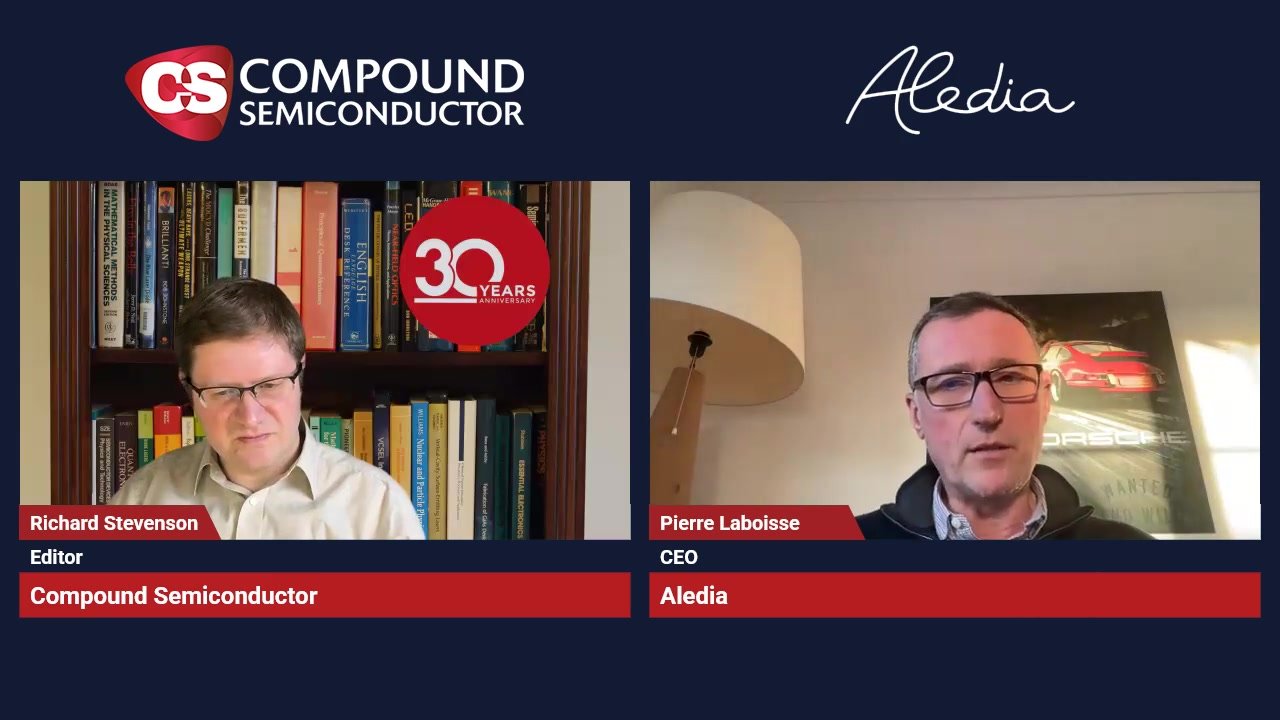Ams Osram adds eye safety feature to IR VCSEL

Emitter for in-cabin sensing includes interlock loop method for safeguarding ultra-fast detection of faults
Ams Osram has enhanced its portfolio of infrared laser modules for automotive in-cabin sensing with the TARA2000-AUT-SAFE VCSEL family, which offers a more reliable and robust eye safety feature than existing automotive VCSEL modules.
A top-10 global car manufacturer has already selected this new product for a new design, and Ams Osram will supply it in mass production volumes starting in 2024.
The new TARA2000-AUT-SAFE, which produces a tightly controlled beam of infrared light at a peak wavelength of 940nm, is suitable for the same use cases as the existing TARA2000-AUT family: driver monitoring, gesture sensing, and interior (cabin) monitoring. It consists of an Ams Osram VCSEL chip and micro-lens array (MLA) packaged in a compact module.
The new VCSEL, which has a wide field of illumination of 116° x 87°, is optimised for cabin monitoring with 2D near infrared (NIR) imaging and 3D indirect time-of-flight (iToF) cameras.
A forthcoming version with a narrow field of illumination of 46° x 41°, the TARA2000-940-UN-AUT-SAFE, is suitable for driver monitoring. It is currently sampling with customers.
The TARA2000-AUT-SAFE family is said to offer increased reliability and simpler implementation for automotive manufacturers, due to the new, built-in interlock loop method for protecting eye safety.
The new device’s resistive interlock circuitry is integrated on the MLA. Providing a near-instant response (<1µs) to fault conditions, the TARA2000-AUT-SAFE can directly detect faults that could compromise eye safety, such as diffuser cracking or shear-off.
The TARA2000-AUT-SAFE solves various design and implementation challenges, and at a lower cost than competing products on the market today. The fast and reliable response is in contrast to the built-in photodiode method for eye safety protection in competing automotive VCSELs. In competing products, the photodiode signal is prone to faults caused by non-eye-safety related factors such as reflective objects in front of the VCSEL module, impairing the system’s ability to protect eye safety.
In addition, the interlock loop is said to be easier to integrate, as its read-out circuit only requires one AND gate or MOSFET. In comparison, the complex read-out circuit of photodiode includes an increased number of more expensive components. This means that the photodiode method results in a higher bill-of-materials cost, as well as a slower response to events that carry a risk to eye safety.
Firat Sarialtun, senior global marketing manager at Ams Osram, said: ‘We have been able to take our experience in other application areas and directly apply it to enhancing the TARA2000 family. Ams Osram has deep knowledge of interlock-based eye-safety designs, as we have had products that use the interlock method in mass production in other end markets, such as consumer and industrial, for many years.
‘We were the first in the industry to start mass production of an AEC-Q102 and ISO26262 compliant IR VCSEL module for in-cabin sensing in Q2-2021, and now we are taking VCSEL technology a step further with the interlook loop feature. Thanks to our deep engineering expertise across the whole optical assembly, the interlock circuit has been integrated directly on the lens and package, drawing on our deep understanding of each sub-component and technology in a complete VCSEL module.’
The design of the TARA2000-AUT-SAFE builds on the high performance of the TARA2000-AUT. Housed in a robust ceramic package, the new device offers a maximum operating temperature of 125°C, supporting AEC-Q102 Grade 1 qualification as well as ISO 26262 for functional safety. Peak optical power output of a 100µs pulse at 25°C/2% duty-cycle/5A is 4W.
The TARA2000-940-UN-AUT-SAFE and TARA2000-940-W-AUT-SAFE VCSEL emitters are sampling now.




